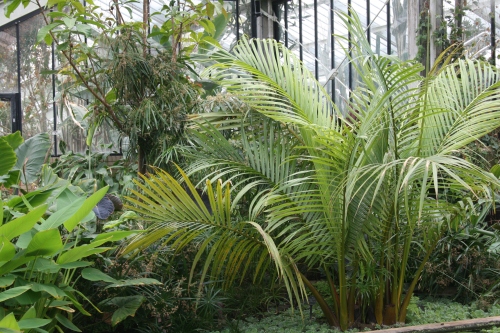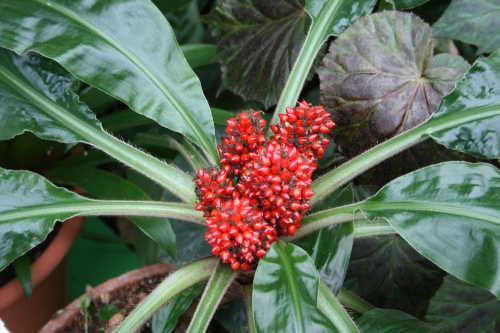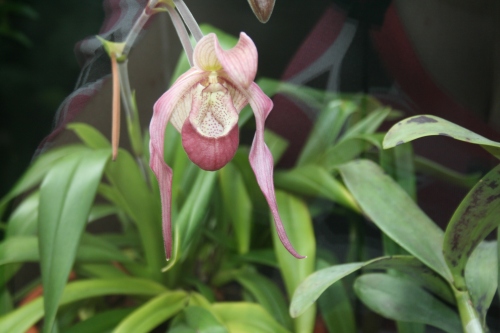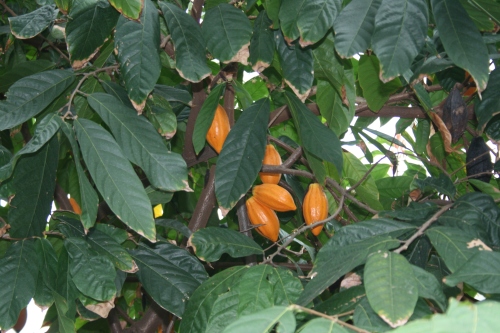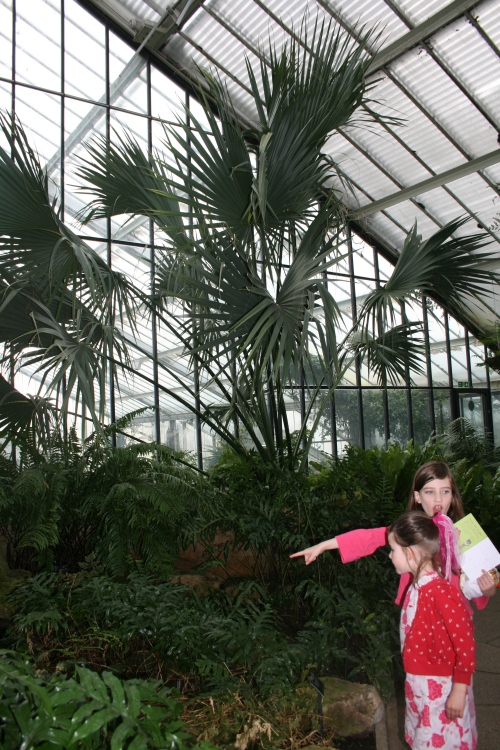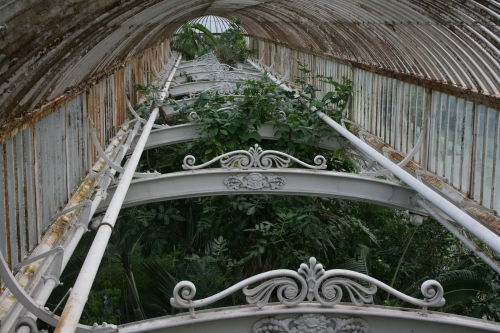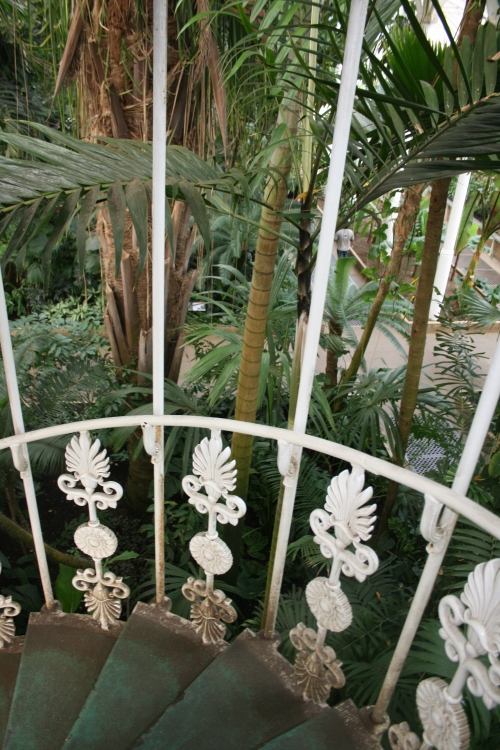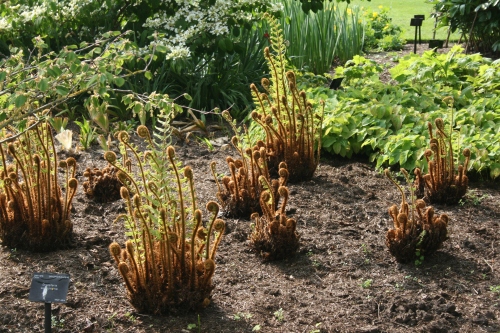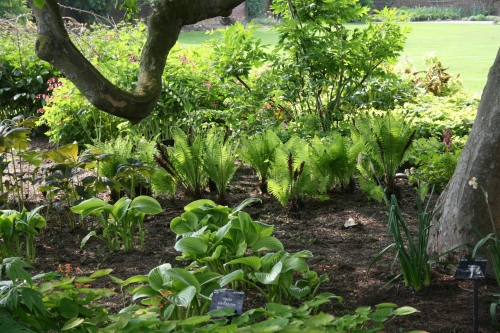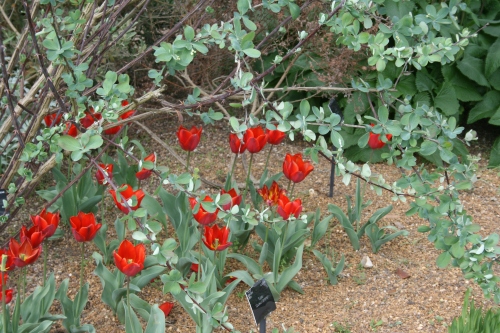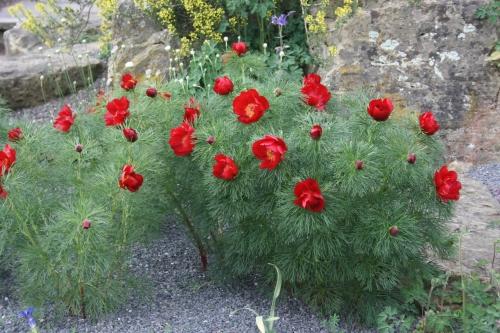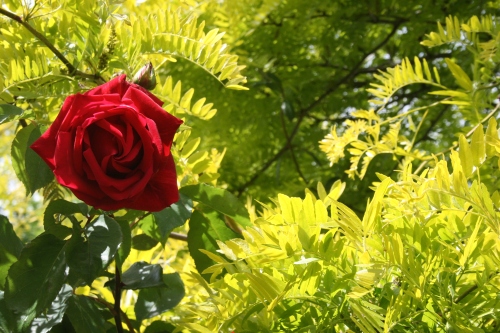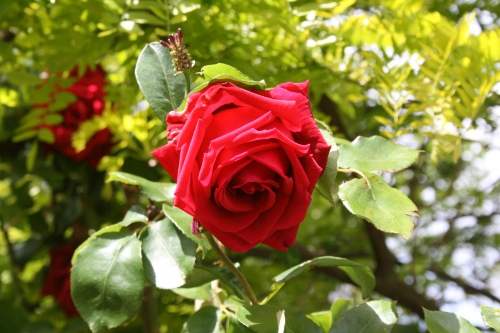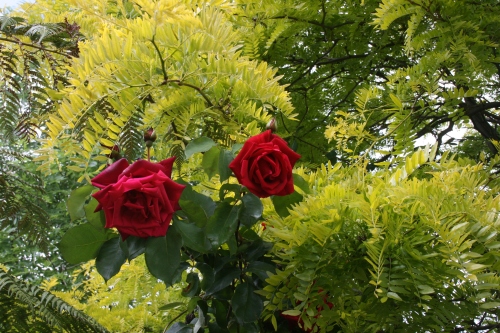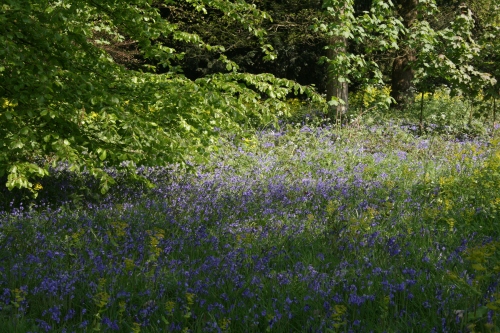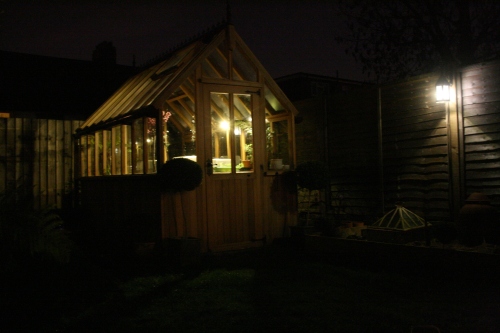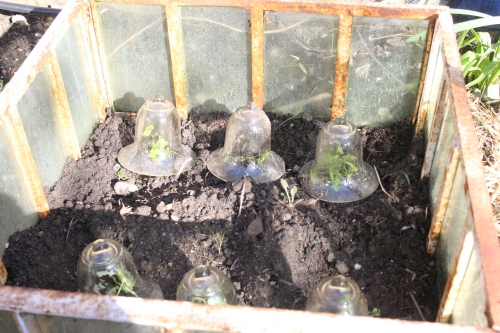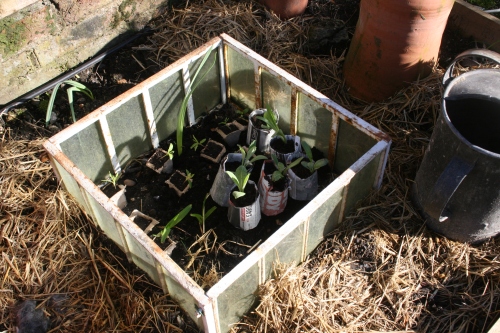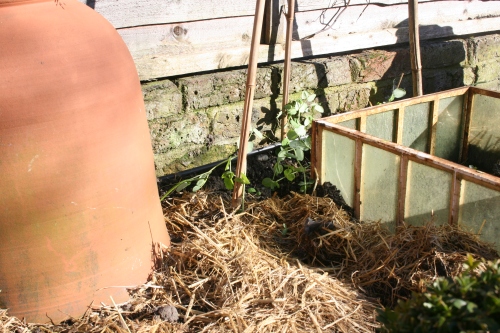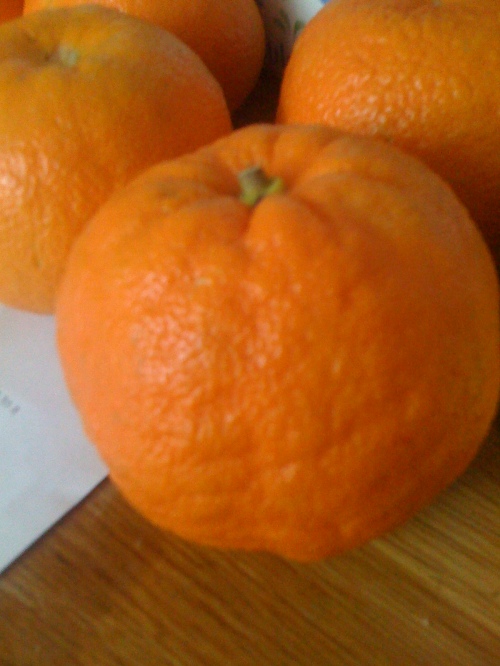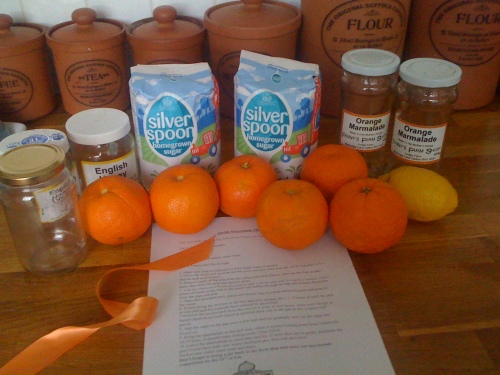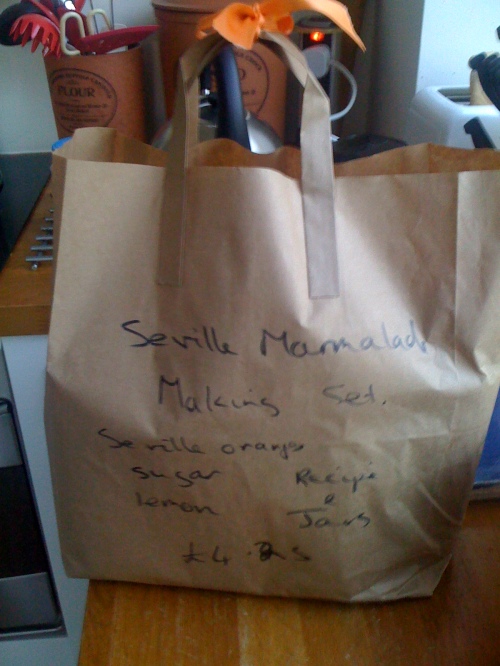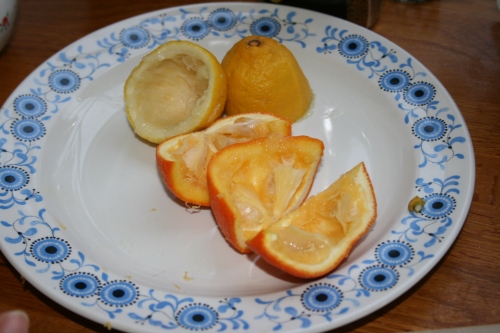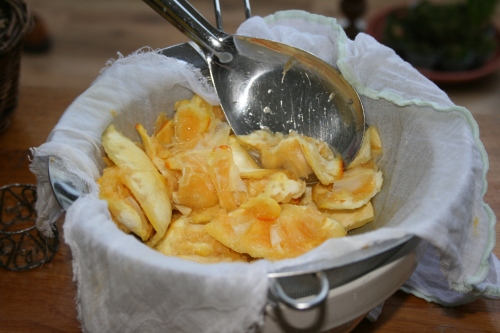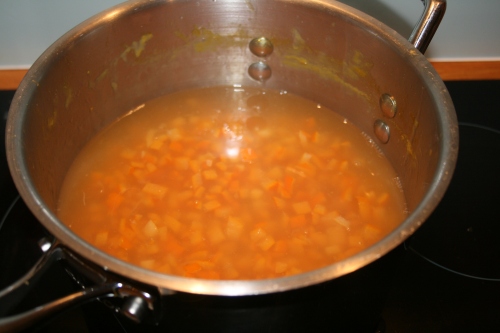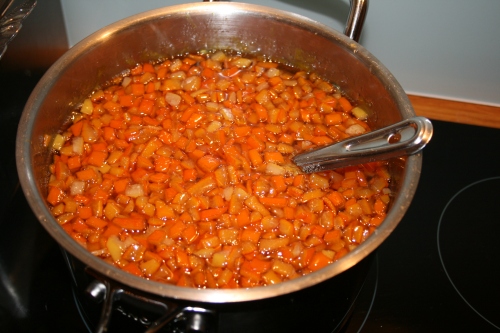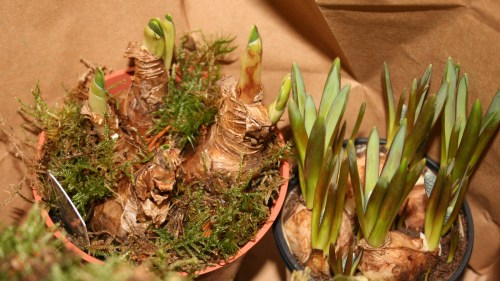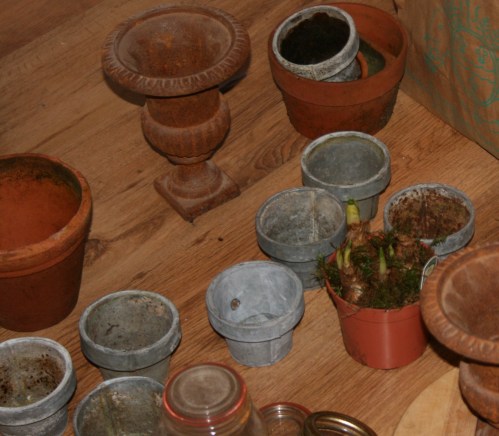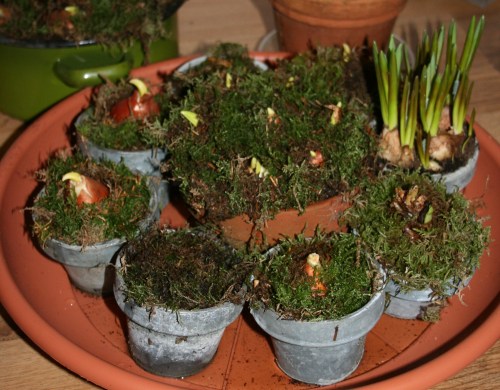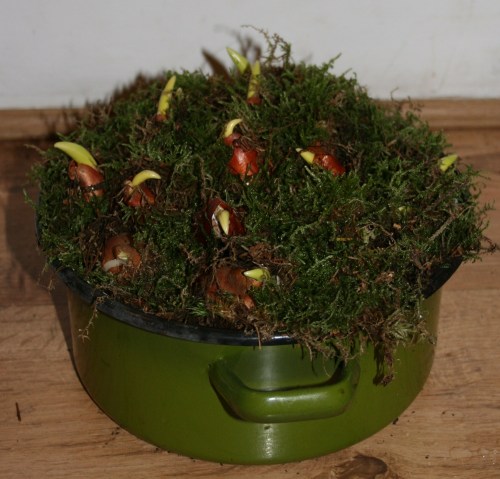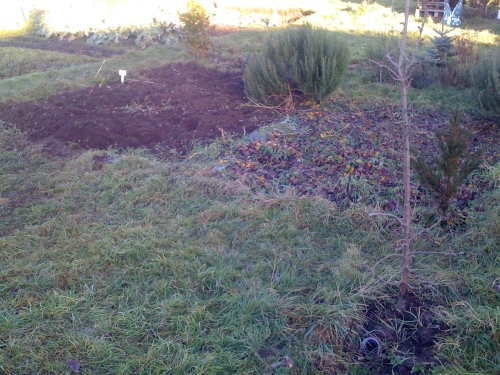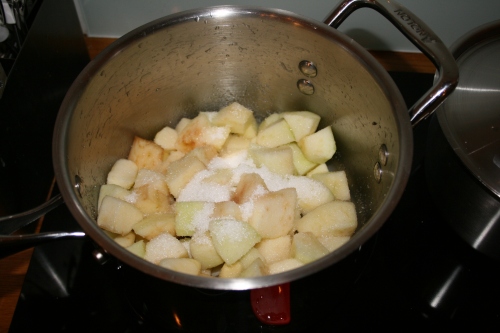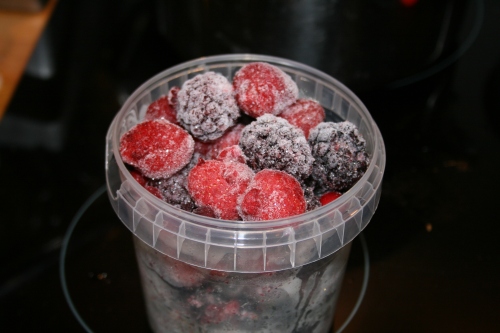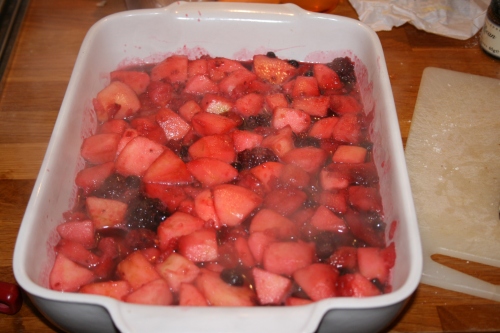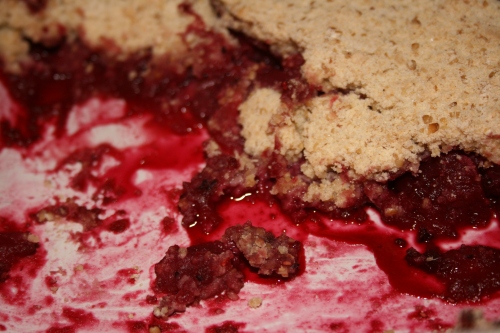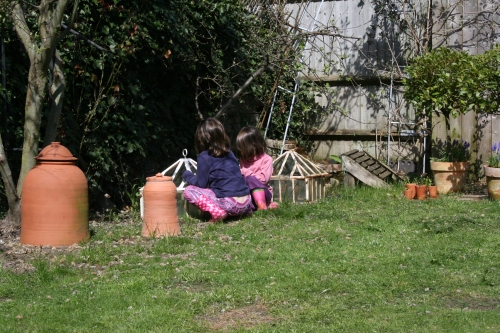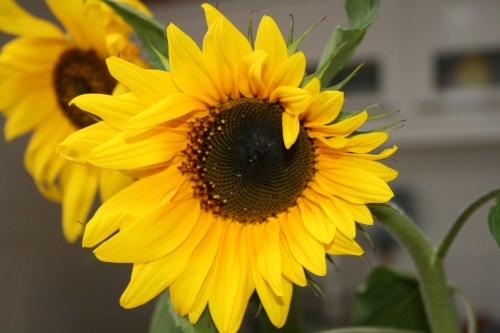When we first moved to London, we became members of Kew gardens. This was perfect for us, being obsessed with gardens and indoor plants. We got free entry plus guest tickets that we could use to take visitors and house guests. After visiting many times, we got restless and ten years ago we moved on to join the RHS. Wisley replaced Kew as our regular haunt for days out. Then after years of Wisley, we moved on again and joined the National Trust. This allowed us to go to some superb country gardens round the country like Sissinghurst and Scotney Castle in Kent, and Cotehele and Anthony in Cornwall.
Now we’ve decided the rotation has come back to Kew. Wow, what a decision. In the ten years I had forgotten just how much I love Kew gardens, and how much I’ve missed it. It’s like meeting up with a much loved old friend and being delighted to find that you still have so much in common.
For a start, the sheer diversity of habitats and growing conditions means that they can fully represent the planet’s flora. It’s just mind-blowing that one minute you are in a tropical rainforest and then when you go through a door you’re in an amazing desert.
We literally travelled the planet in a day. The most varied glasshouse in terms of plants is the modern styled Princess of Wales Greenhouse, which to my mind contain most of the interesting specimens. There is a huge range of both temperate and tropical plants, including some of the biggest and oldest cacti in cultivation, carnivorous plants, and a large collection of orchids.
I think Kew preceded the Eden project by displaying “plants for people”, and they have such plants alongside information about how they are used by humans. I particularly enjoyed seeing the chocolate plant for obvious reasons.
The large range of environments and plants makes this my favourite glasshouse.
However, for sheer beauty of construction, you can’t beat the Victorian glasshouses. They house impressive specimens from all the continents of the world. You can also go upstairs and view the plants from the “rooftop”.
There are some wonderful plants to look down on:
Some of the plants look more impressive from below:
Some of the outdoor plants are just as exciting as the indoor ones. I was particularly thrilled to get the following pictures of ferns unfolding:
There’s a traditional walled garden, which for me is enhanced because every single plant is marked, so you can take note if you want to get one for your own garden.
All in all a plantswoman’s paradise.
